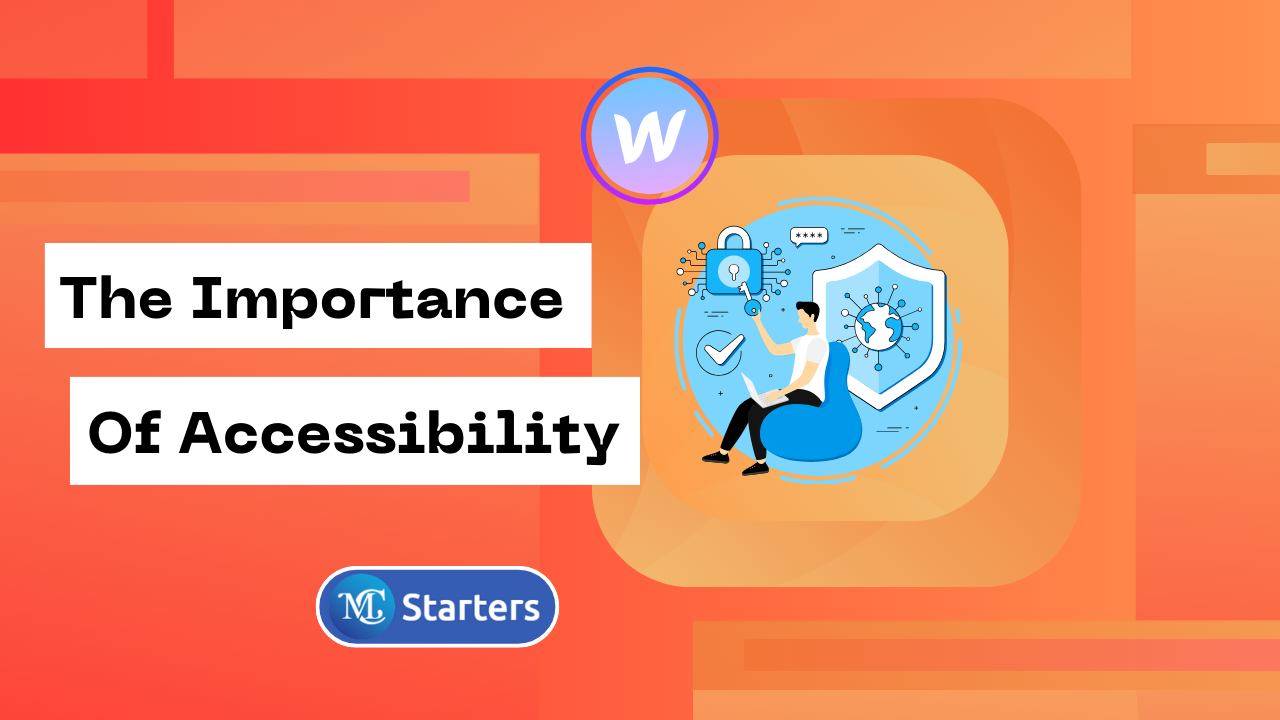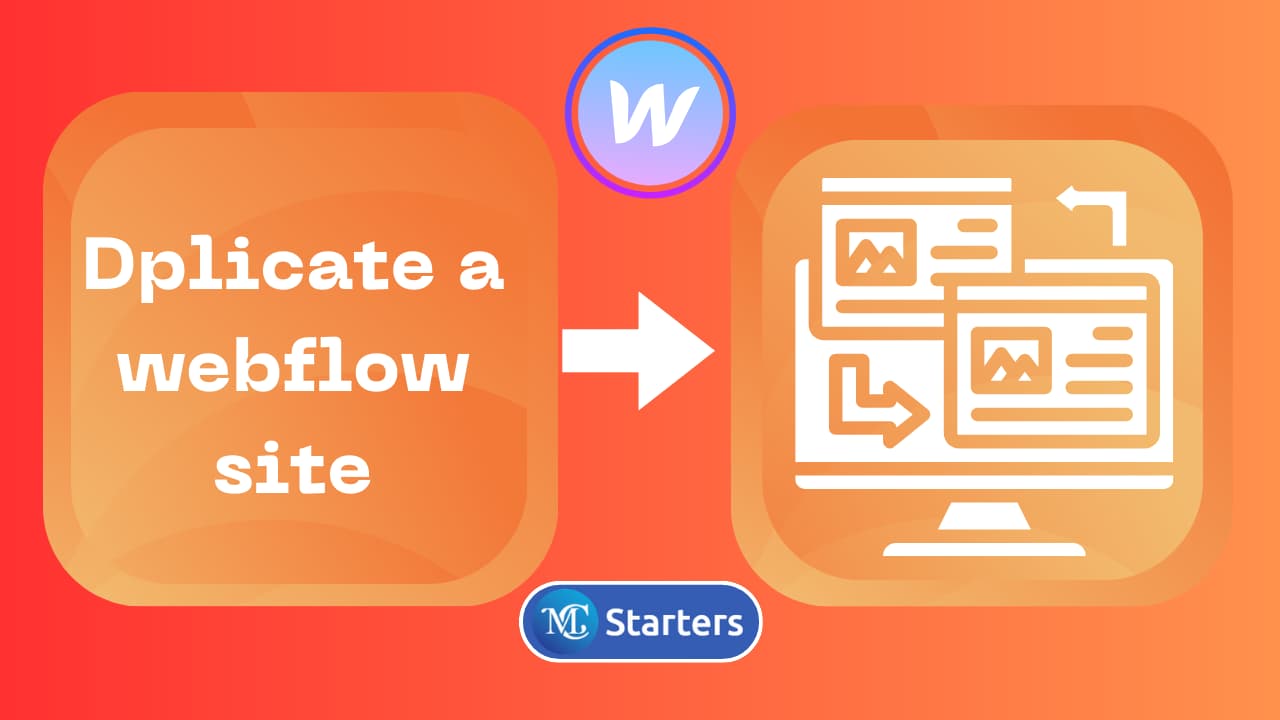The importance of accessibility in website design and how Webflow can help

Accessibility is an essential aspect of website design that is often overlooked by designers and developers. Accessible websites ensure that everyone, including people with disabilities, can access and use the content and features of the site. An accessible website is crucial to ensure equal access and provide an inclusive experience for all users.
Webflow is a popular website design and development tool that offers a wide range of features that can help make websites more accessible. In this post, we will discuss the importance of accessibility in website design and how Webflow can help create accessible websites.
Affordable Webflow Developers for Hire
Why Accessibility is Important
Accessibility in website design means creating websites that can be accessed and used by people with disabilities, including people with visual, auditory, motor, and cognitive impairments. Web accessibility is essential to ensure that people with disabilities can use the web to access information, communicate with others, and participate in society.
According to the World Health Organization, there are over 1 billion people in the world with disabilities, and they face many barriers to accessing information and participating in society. Accessible websites can help reduce these barriers and provide people with disabilities with equal access to information and services.
Accessibility is also important from a legal perspective. Many countries, including the United States, have laws that require websites to be accessible to people with disabilities. In the US, the Americans with Disabilities Act (ADA) requires that websites be accessible to people with disabilities, and failure to comply with the law can result in legal action.
In addition to legal requirements, accessible websites also provide many benefits to businesses and organizations. Accessible websites can reach a broader audience, improve user experience, increase website traffic, and improve search engine optimization (SEO).
How Webflow can help create accessible websites
Webflow is a website design and development tool that offers a range of features that can help create accessible websites. Here are some of the ways that Webflow can help:
Accessibility Checker
Webflow’s Accessibility Checker is a powerful tool that can help identify accessibility issues on a website. The tool scans the website for accessibility issues and provides a detailed report with suggestions on how to fix the issues.
The Accessibility Checker checks for a range of accessibility issues, including contrast ratios, alt text for images, keyboard accessibility, and more. The tool provides detailed information on each issue and offers suggestions on how to fix the issue.
Keyboard Accessibility
Keyboard accessibility is an essential aspect of web accessibility. Many people with disabilities use assistive technologies such as screen readers and keyboard-only navigation to access the web. Webflow offers a range of features that can help ensure keyboard accessibility on websites.
Webflow’s focus mode allows users to navigate websites using the keyboard. The focus mode highlights the active element on the page and allows users to move between elements using the Tab key. Webflow also offers the ability to add custom keyboard shortcuts to website elements, allowing users to navigate the website more efficiently.
Alt Text for Images
Alt text is a text description that is added to an image to provide context for people who cannot see the image. Alt text is essential for people with visual impairments who use screen readers to access the web.
Webflow offers an easy way to add alt text to images on a website. Users can simply click on an image and add the alt text in the Image Settings panel. Webflow also offers an option to add alt text to images in bulk, making it easy to ensure all images on a website have alt text.
Headings and Semantic Markup
Headings and semantic markup are essential for web accessibility. Headings provide structure and hierarchy to a website, making it easier for users to navigate and understand the content. Semantic markup ensures that assistive technologies can correctly interpret the content on a website.
Webflow offers a range of options for adding headings and semantic markup to a website. You might also interested about to learn everything about webflow.
Frequently Asked Questions
What is accessibility in website design?
Accessibility in website design refers to creating websites that can be accessed and used by people with disabilities, including people with visual, auditory, motor, and cognitive impairments
How can Webflow help create accessible websites?
Webflow can help create accessible websites in many ways, including through its Accessibility Checker, keyboard accessibility, alt text for images, headings, and semantic markup. These features make it easier for designers and developers to ensure that their websites are accessible to all users, including people with disabilities.
Conclusion
In conclusion, accessibility in website design is crucial to ensure that everyone, including people with disabilities, can access and use websites. Webflow is a powerful website design and development tool that offers a range of features that can help create accessible websites. From the Accessibility Checker to keyboard accessibility, alt text for images, and semantic markup, Webflow provides designers and developers with the tools they need to create inclusive and accessible websites.




